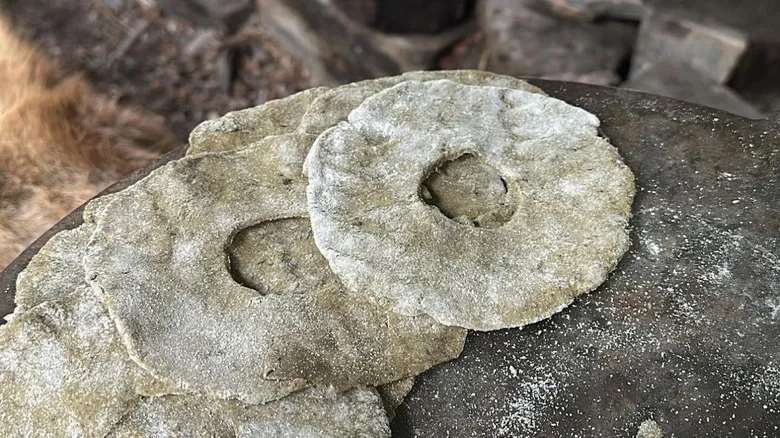Higher purposes for Viking bread storage
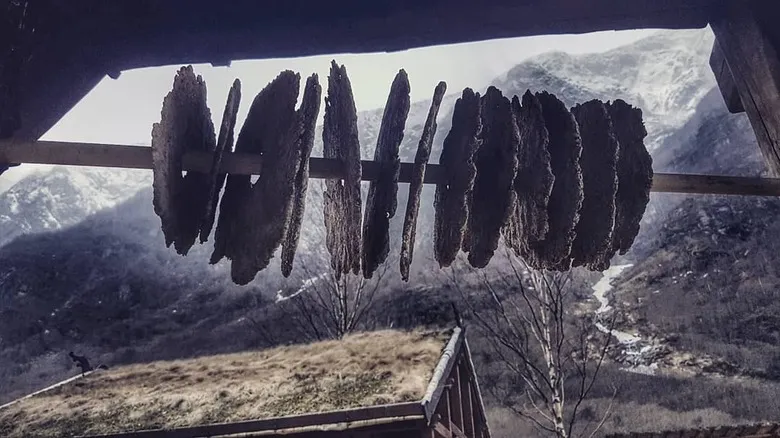
Similar to the Ancient Egyptians, who provided their honored deceased with provisions for the afterlife, it seems that the "holey" bread of the Vikings may have had a comparable role. Archaeological findings from Birka, Sweden, indicate that samples of Viking bread were likely baked in the funeral pyres of ancient Norse individuals. In contrast, within Viking households, simple flatbreads were typically pierced in the center with wooden dowels and hung over the stove to dry. However, at Viking funeral sites, pieces of this bread, known as blood bread, were suspended on bronze or iron wires, embellishing urns. These wires probably enabled the ancient Viking funeral attendants to retrieve the bread discs from the flames once the cremation was complete.
A study by Ann-Marie Hansson, published in Volume 9 of Stockholm University's Laborativ Arkeologi, examined over 1,000 burial sites on the island of Björkö, where Birka is situated. Of these, 575 displayed evidence of cremation. While historical accounts indicate that flatbreads were a staple during this period, suggesting that they were consumed by the general populace, at least 42% of the cremation burial sites contained funeral offerings. The discovery of bread samples in close proximity to or even within the funeral urns implies that individuals of significance were likely interred in those graves. These funerary practices, along with the meticulous way they stored bread at home, demonstrate that the Vikings held bread in high esteem.
Recommended
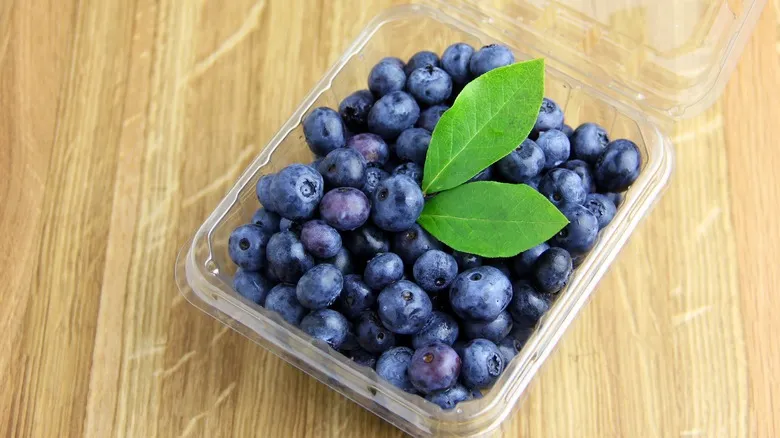
The Best Blueberry Storage Is Also The Easiest
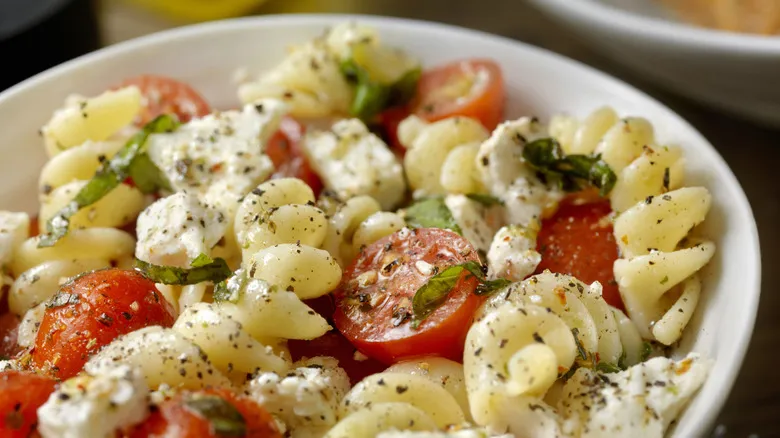
Yes, Pasta Salad Can Be Frozen For Later. Here's The Best Way To Do It
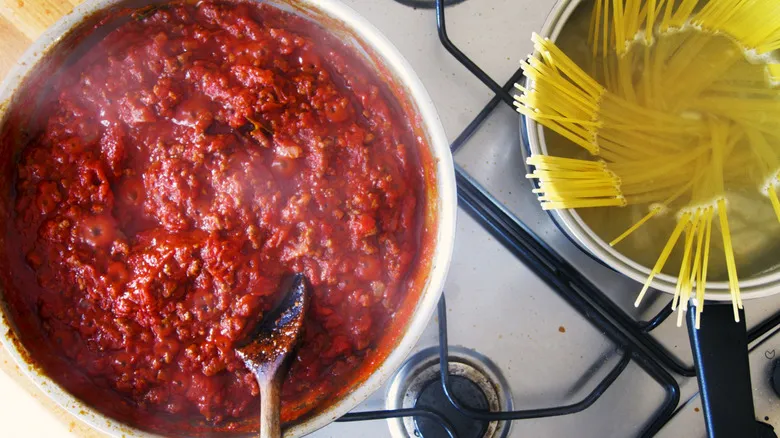
Do Pasta And Sauce Last The Same Amount Of Time In The Fridge?
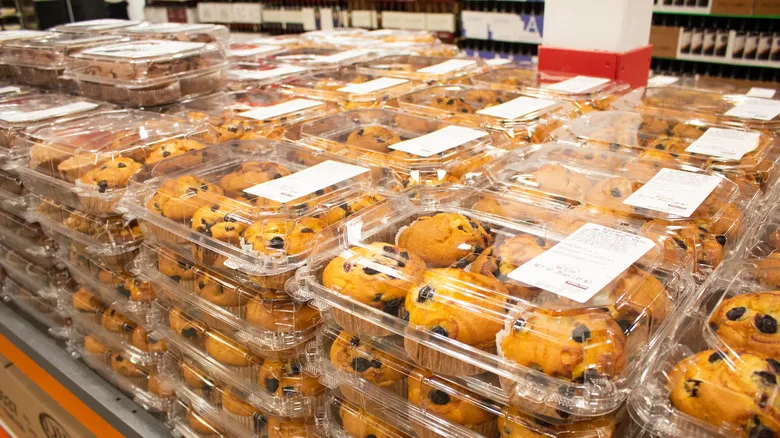
Why It's Time To Start Storing Costco Muffins In The Freezer
Next up

